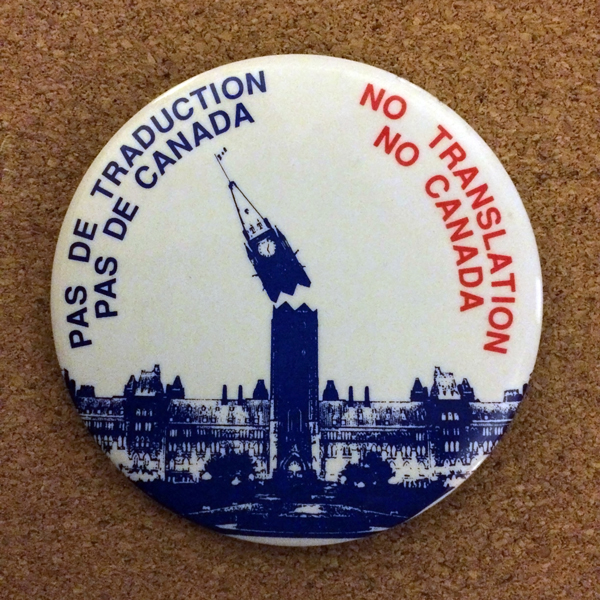Each year, International Women’s Day offers us an occasion to reflect on how far we’ve come in the pursuit of fair and equitable workplaces – workplaces where everyone can thrive, regardless of gender. But this important day also calls on us all to renew our efforts, because the fight for gender equality is certainly not over.
As the 2018 Budget reminded us, women now make up a majority of the public service: they account for 55% of its employees. Here at CAPE, over 60% of our members are women. More specifically, women make up 59.3% of EC members, 78.4% of TR members and 58.5% of members at the Library of Parliament.
It was actually our TR members – this group, which is now predominantly made up of women – who led the fight on maternity leave. In 1980, 85% of government translators, terminologists and interpreters voted to go on strike. Among their top demands was “fully-paid maternity leave.” (Reade, Bob. "Strike vote passed." The Ottawa Journal, June 24, 1980).
Their strike lasted throughout the 1980 First Ministers’ Constitutional Conference, forcing the government to find freelancers to do the job of translating documents for then-Prime Minister Pierre Trudeau. (Canadian Press. “Translators strike.” The Nanaimo Daily News, September 8, 1980)
The translators rallied outside the conference, chanting: “No translation – no Canada”.
Unfortunately, the TRs’ strike did not succeed in getting paid maternity leave. But, according to York University Associated Professor Ann Porter’s book Gendered States: Women, Unemployment Insurance, and the Political Economy of the Welfare State in Canada, 1945-1997, the translators’ strike did pave the way for others:
“Although they did not win the strike, [the translators’] efforts provided momentum for the Canadian Union of Postal Workers’ negotiations and strike the following year. A key demand in the CUPW strike was paid maternity leave. After a forty-two day strike and considerable opposition from the employer, CUPW succeeded in achieving seventeen weeks’ maternity leave at full pay […] as well as the inclusion of maternity leave period in the calculations of benefits such as severance pay.”
“The provision of paid maternity leave soon spread throughout the public and para-public sectors.”
While unions spearheaded the movement for paid maternity leave, they have also been very active on the issue of pay equity. Indeed, unionization is often credited for its capacity to achieve greater pay equity.
As Elise Gould and Celine McNicholas point out in their article for the Economic Policy Institute:
“The relationship between unions and narrower gender wage gaps makes sense if you consider that collective bargaining agreements often establish many of the policies proven to combat gender pay disparity. For example, collective bargaining agreements may standardize wage rates, promote pay transparency, and include grievance procedures for workers who have been discriminated against. These are all ways of combatting the gender wage gap.”
Certainly, more progress is needed to achieve greater pay equity in the public service. Unfortunately, work done by women is too often under-valued. Not only do women make $0.91 for every dollar earned by their male counterparts, they are also underrepresented in highly paid positions: despite making up 55% of public servants, women only account for 43% of high-earners – those making $100,000 or more per year – according to Treasury Board.
This fall, the government will table a pay equity regime. As a union, it’s our hope that this regime can make a meaningful and significant impact on pay equity. And, just like our fight for paid maternity leave, we hope that these changes will reverberate across all sectors because all women deserve to be paid equally for equal work.
Former CAPE President, Claude Poirier, shared this image with us: a button featuring the famous slogan from the translators' 1980 strike (the button was designed a few years later). Thanks, Claude!




